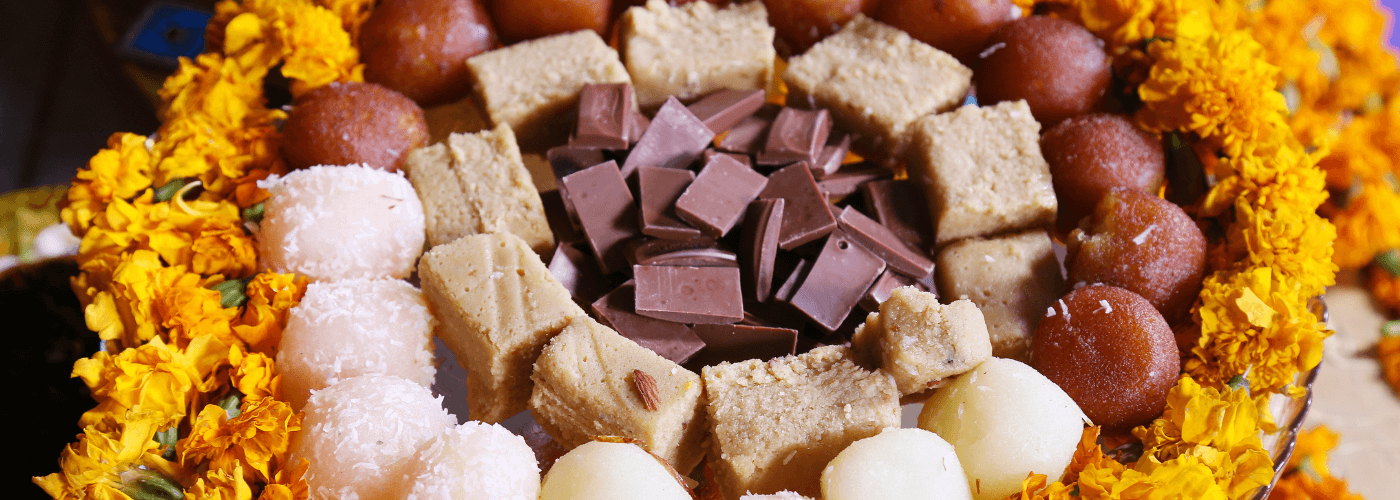
With the 9-day long Hindu festival of Navratri right around the corner, the time is ripe for you to jazz up your baked goods with some delicious and unique ingredients. These nine key foods are traditionally used to prepare mouth-watering treats that are offered up to a different deity each day of this special Indian festival.
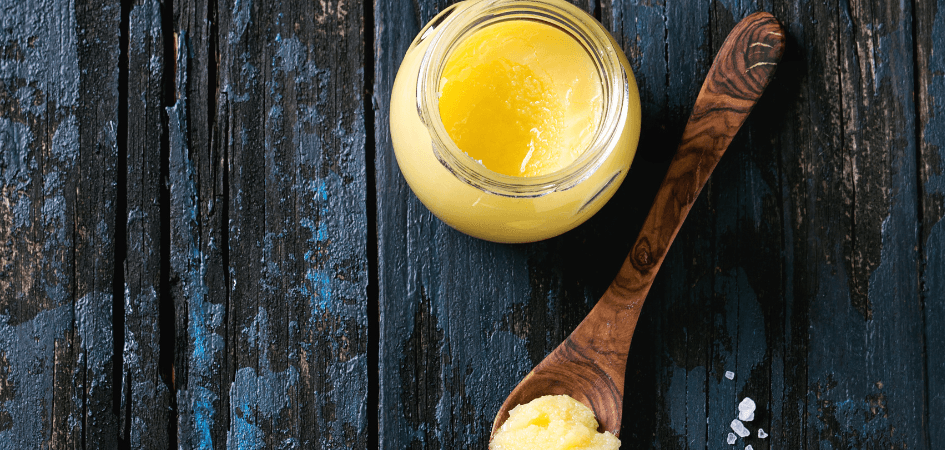
Day One: Ghee or Clarified Butter
Ghee is an Indian staple that is used as a form of fat in many Indian recipes. It is made by heating butter and separating the milk solids formed at the top. What remains is an almost 100% pure butterfat. Its most popular usage is in dessert-making, where it provides an excellent richness and fragrance to Indian sweets like laddoos, barfis, etc.
To infuse an extra bit of flavour, use ghee instead of butter or oil in your cakes and watch them sell like…well, hot cakes.
Pro-tip: Don’t throw away the skimmed milk solids that you get when you make ghee. You can use it to make instant sweets by adding some nuts, sugar and flour.
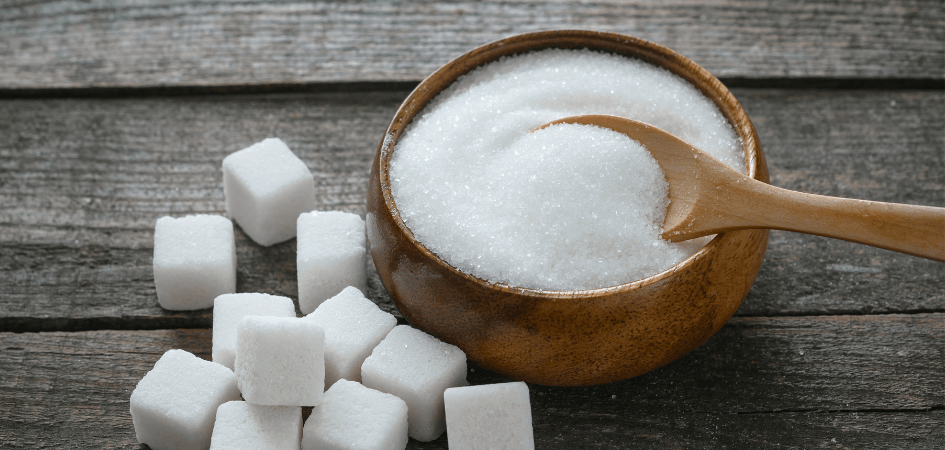
Day Two: White Sugar
A lip-smacking recipe with white sugar as the predominant ingredient is prepared on the second day of Navratri and offered to the gods. White sugar is that vital ingredient in baking that not only gives your baked goods its quintessential sweet taste, but also provides structure to your cakes and keeps them stable.
You can definitely play around by using different types of sugars like brown sugar, demerara sugar, turbinado sugar, etc and give your cakes and pastries a more complex flavour.
Pro-tip: Instead of throwing away used vanilla pods, add them to your sugar container to get beautiful vanilla sugar.
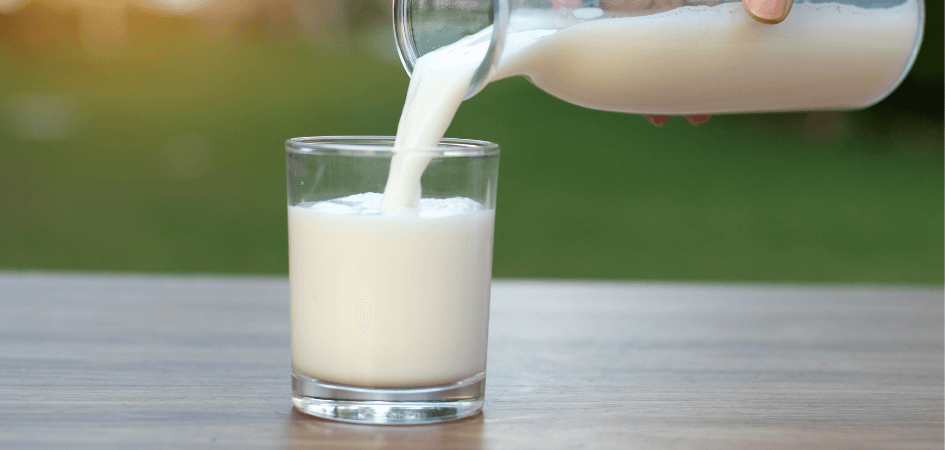
Day Three: Milk
An offering of milk or traditional sweets containing milk is common on the third day of Navratri. Milk is an essential bakery item since it provides the required moisture to your cakes and breads. Not only that, it also helps kickstart the reaction with your leavening agents and gives your cakes its desirable rise and sponginess.
To spice up your milk-based confections, infuse the milk with unique flavours like vanilla, orange peels, coffee, lavender etc.
Pro tip: Use milk powder instead of milk to add a depth of flavour to your cookies.
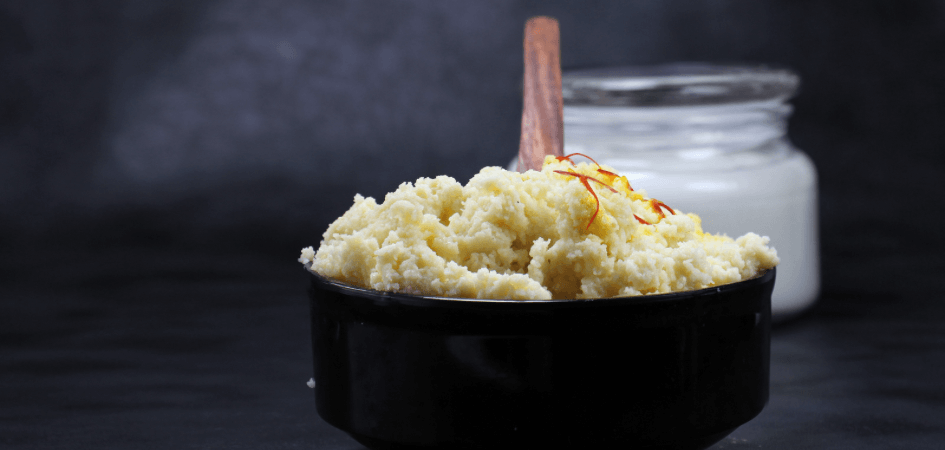
Day Four: Khoya (Used to prepare Malpua)
Khoya, also known as mawa is dried evaporated milk solids that is the main ingredient used in the preparation of Malpua with semolina, sugar, ghee and drenched in cardamom flavoured syrup. It is put forward as an offering to the deity on the fourth day of Navratri.
In northern parts of India, Khoya forms a base for sweets such as pedha, gulab jamun, barfi and more. Khoya is made by simmering milk on low flame till its moisture evaporates and is reduced to milk solids.
Pro-tip: Homemade Khoya can be stored in the refrigerator for 3-4 days in an airtight container or in a freezer for a month.
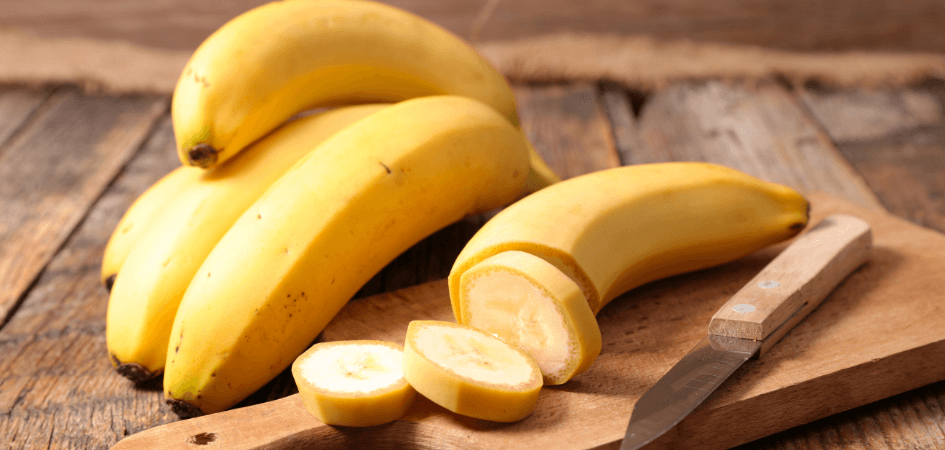
Day Five: Banana
The fifth day of Navratri sees devotees putting up delicacies prepared using ripe and flavourful Indian bananas. Bananas are such a baker-friendly fruit that they can be used in almost any baked item to spruce it up.
You can make delicious banana breads, banana muffins, chunky monkey cupcakes, banoffee pies or simply use caramelised bananas as a topping for your cakes.
Pro-tip: Baking with bananas requires them to be very ripe, almost too ripe. If you have semi-ripe bananas, pop them in the oven for a few minutes to soften them up.
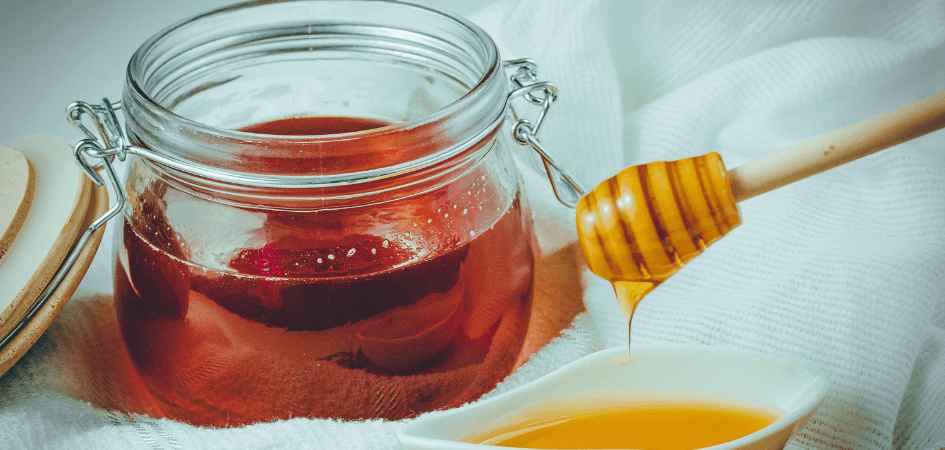
Day Six: Honey
Honey is a great substitute or additive to the usual white sugar because it imparts a deep flavour to desserts. Worshippers offer Indian sweets made with delicious honey to the gods on the sixth day of Navratri.
A dash of honey not only sweetens your cakes and pastries, but also gives them a unique woody flavour. It can make your cake incredibly moist too.
Pro-tip: Add honey to your whipping cream to get a terrific, honey-flavoured frosting for your cakes.
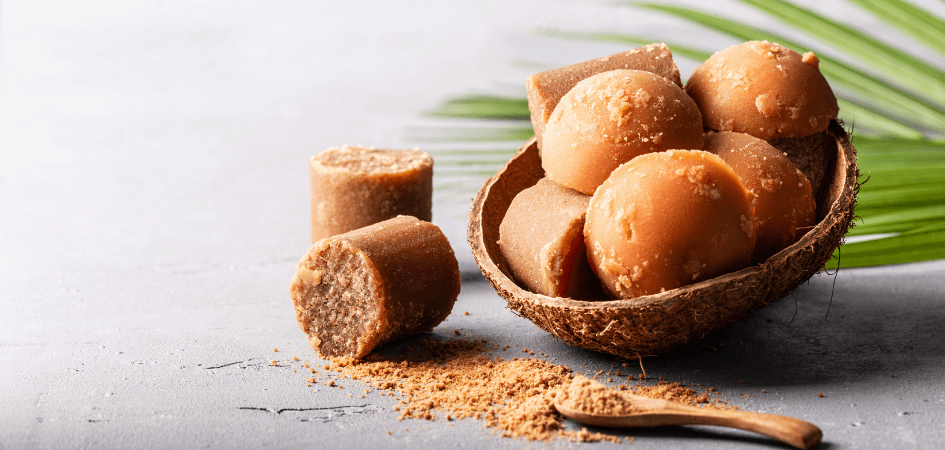
Day Seven: Jaggery
Jaggery is another sweetener used in Indian delicacies in place of regular white sugar. It’s basically a type of cane sugar that contains molasses. Indian sweets containing jaggery are put up as religious offerings to deities on the seventh day of Navratri.
As a sweetener, jaggery gives your baked goods a very distinct type of sweetness that is more nutty and complex. You can substitute some part of the sugar in your recipe with jaggery and give your patisserie items a great flavour boost.
Pro-tip: Always cream your jaggery with butter or vegetable oil until the mixture is very smooth and lump free.
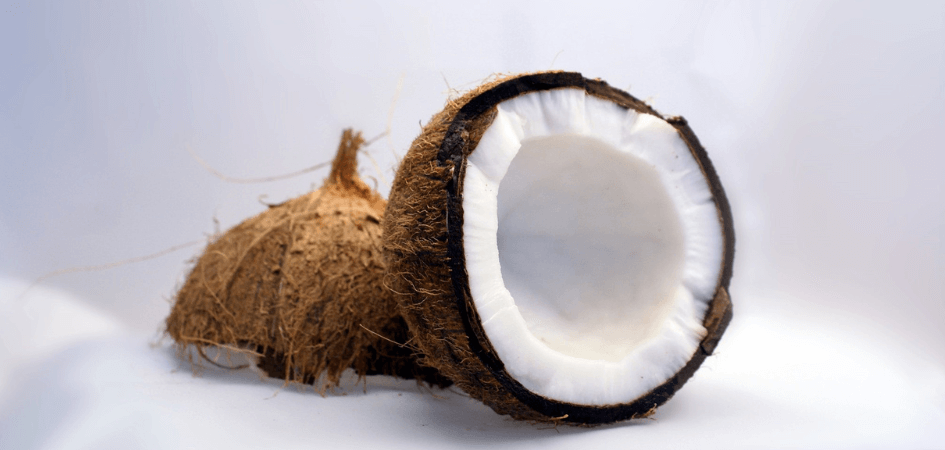
Day Eight: Coconut
The coconut fruit is synonymous with tropical climates and coastal regions. In India, too, coconuts are abundantly available and they’re one of the offerings made to the gods during Navratri. Sweets like coconut laddoos make the best use of the coconut’s nutty flavour and flaky texture.
Coconuts go very well with baked items. You can use coconut flakes or coconut extract to make delicious coconut cakes, coconut macaroons. Dessicated coconut makes for a beautiful and tasty topping on frosted cakes.
Pro-tip: You can make delicious vegan coconut whipped cream by whipping up a can of cold full-fat coconut cream.
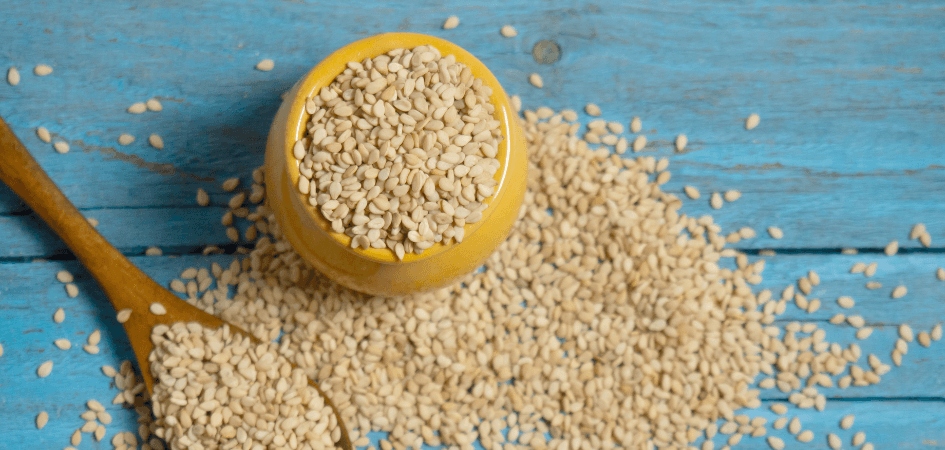
Day Nine: Sesame Seeds
On the ninth and final day of Navratri, delicacies made using sesame seeds, known as til in India, are prepared and offered up to the gods.
Sesame seeds can be used as toppings for baked goods made with yeast, like breads, bagels, burger buns or dinner rolls. They provide terrific crunch and savoury notes to the baked items taking them one step further.
Pro-tip: Toasting your sesame seeds before adding them to the flavour will bring out a more nutty flavour. Press them into the bread gently to make sure they stick to the bread.
Come Navratri, stock up your pantry with these great ingredients and get on your way towards baking with exotic flavours.
